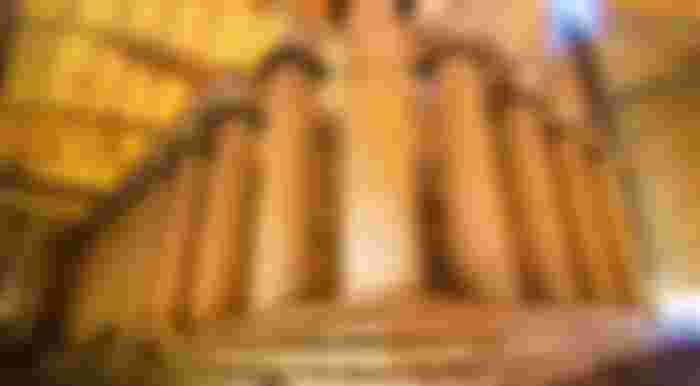Mysteries and mysticism in Ancient Greece...
Mysteries and Mysticism in Ancient Greece
Mysteries had a profound role in Ancient Greece. In fact, a major factor for the smooth lives of the inhabitants was the participation in Holy Mysteries that took place in closed spaces of priestly schools. More specifically, Orpheus, the one who cures with light, is considered to have first introduced the Mysteries in Greece. The main Mysteries in ancient Greece were the Cretan, the Kaviria, the Dionysian-Orphic and the Eleusinian.
“The sinking within the eternal is the end of philosophy, just as the end of religion is the sinking within the Mysteries”
Plutarch, biographer, essayist, philosopher, priest, ambassador, magistrate (AD 46 – AD 120, aged 73–74)
Cretan Mysteries: In Cretan mysteries, people worshiped Mother Earth. By failing to tame the powers of nature, they deified them and worshiped them as deities. Mythologically, the birth of Zeus in the cave “Idaion Andron” and other Greek Gods as well as the conduction of the first mysterious rituals, seem to have catalytically influenced the later Greek mysteries. Characteristic of the importance of the Minoan mysteries is the fact that Pythagoras visited Crete to initiate the Minoan mysteries. The basis of Minoan religion, as well as all primitive religions, is “the cycle of vegetation”.
Kaviria Mysteries: The Kaviria mysteries were the religious ceremonies that honored the Kaviries. There was the division into minor and great holy Mysteries. Contrary to Eleusinian, the Kaviria Mysteries honored the Birth. The mysteries consisted of five parts. The purge, the deliverance of the ceremony, the supervision, the wreathing, the Perfection and the bliss. The initiations were conducted at a certain period every year and lasted nine days.
Dionysian – Orphic Mysteries: Orpheus was the first teacher of Dionysian Worship. The places where he could teach his worship were many in Greece, for example in Thassos, in Tempi in Thrace. The descendants had three classes of initiation for either men or women. The mysteries began with a Hymn to God and then became a celebration of instruments and drums. As they approached the evening, the candidates were preparing for the initiation, which was completed in an underground cave. No one knows what was taking place in the cave, as there are no written testimonies.
Eleusinian Mysteries: Unlike the Kaviria Mysteries, the purpose of the Eleusinian Mysteries was to give knowledge to people about immortality, not of course as a body but as a soul. Eleusinian mysteries were distinguished in minor and great and were held twice a year. The minor mysteries took place in Agra, a suburb of Athens, near Ardittos on the banks of Ilissos river, in three periods:
A) during the month of Anthousirona (February – March)
B) after seven months (September)
C) one year after the first meeting.

The Temple of Apollo Epicurius is the first listed monument as a UNESCO’s World Heritage Archaeological Site in Greece. The Temple of Apollo Epicurius also called the Temple of Apollo the therapist, spreads out stoically in Phigalia on the border of Arcadia with Messinia and is located at Bassae.
It was built in 420-400 B.C., while it was designed by the same architect who built the Parthenon on the Acropolis of Athens, Iktinos. The Temple of Apollo Epicurius is built on a natural rock, in a specially designed plateau. It does not have the usual A-D orientation, but B-N, probably for worship purposes. The most important decorative element of the temple was the marble Ionic frieze, which existed over the Ionic semi-colonies in the nave. It had a total length of 31 m and consists of 23 marble slabs. The 12 marble slabs depict the battle between the Amazons while the other 11 the battle between the Centaurs. During the excavation of 1812, the marble slabs were found covered with architectural members and in 1815 they were moved to the British Museum where they are exposed today. The sculptor of the frieze might have been Peonios, who also sculpted the famous statue of Winged Victory in Ancient Olympia.
